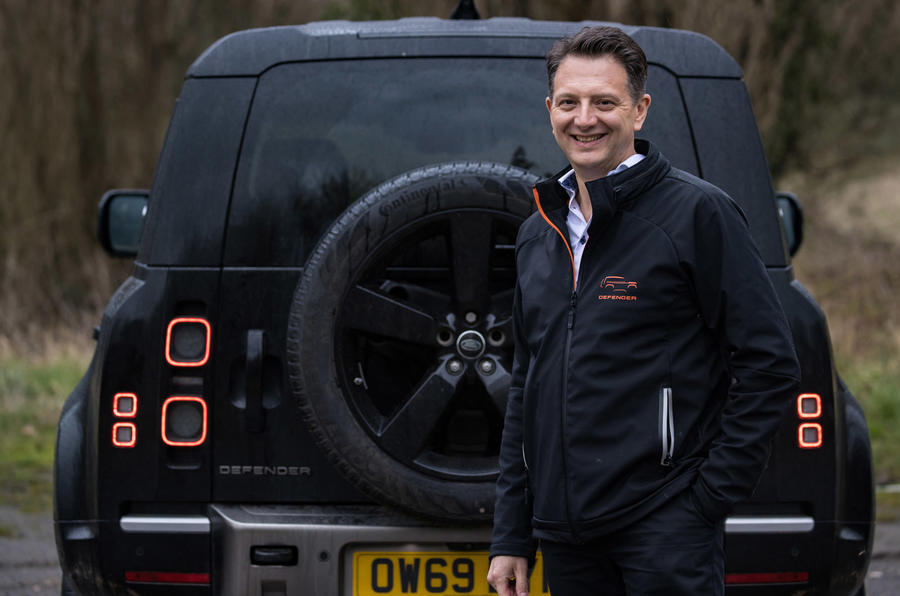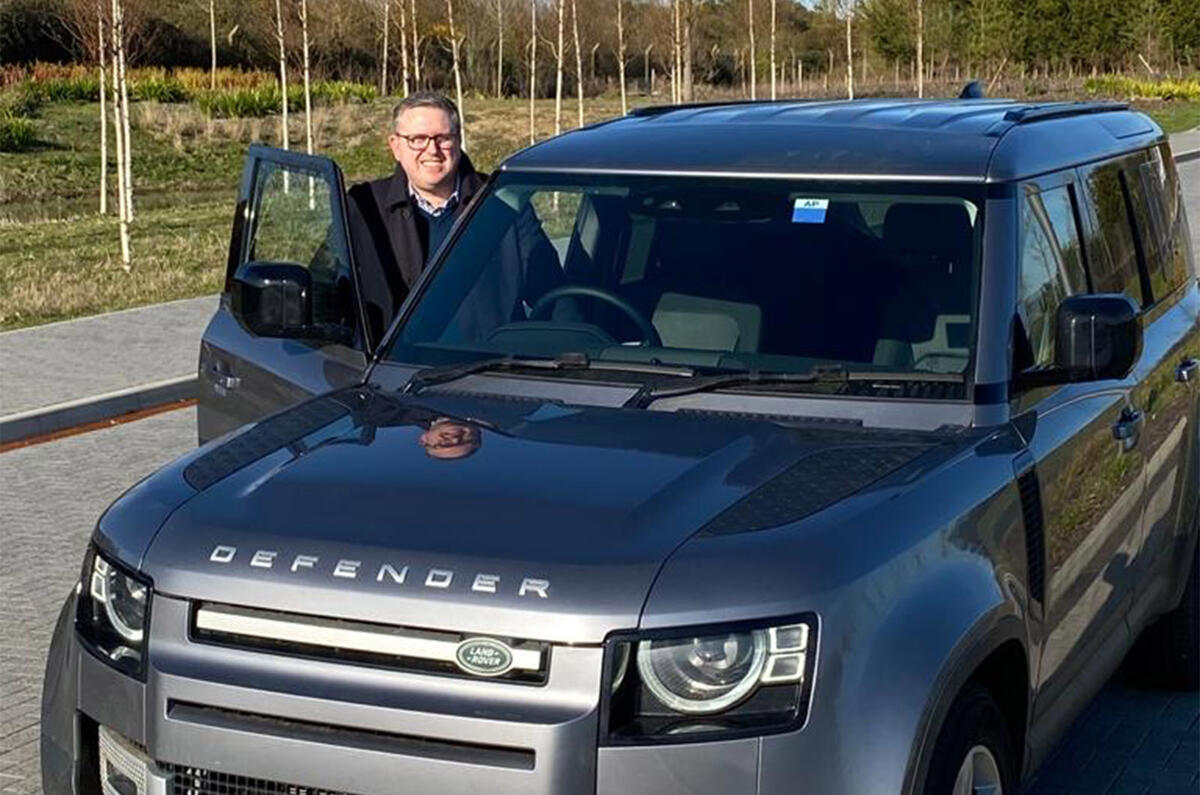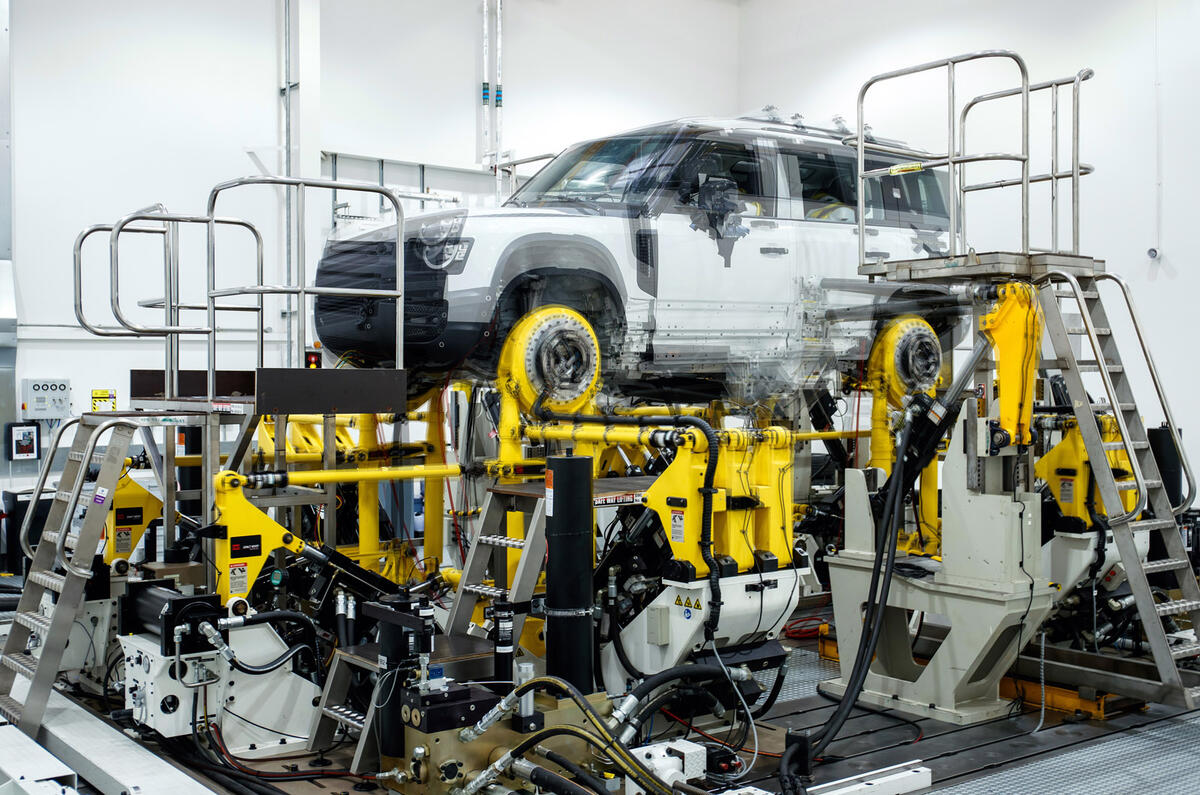The new Land Rover Defender may only have been on sale a month or two but, in some of the toughest third-party testing ever conducted, it has already shown itself to be the most capable off-roader the company has ever built. Given the excellence of Land Rovers past, that’s a huge achievement.
But if you include the fact that the Defender’s accompanying on-road performance makes it a prime candidate for the most versatile off-roader ever – and that its new-age electronics also make it the best-connected off-roader ever – you really are talking about an extraordinary machine. You’re also talking about a uniquely talented team who dreamed up such a vehicle and brought it into the world.
Some of these people have been working on the project for as long as seven years, fitting their Defender work between tasks with shorter deadlines. In all, several thousand people have played a part, when you include the vital efforts of leading suppliers.
To represent the achievement of everyone involved, we name five people here who have led development of a remarkable model, seemingly destined already to be one of 72-year-old Land Rover’s great successes. Here are their stories…
Nick Rogers - executive director, product engineering

When Rogers started as an engineering trainee at Land Rover 36 years ago, the company was already talking about Defender replacements. “It’s been a discussion point as long as I can remember,” says Rogers. “The idea of a new Defender and I have grown up in the company together.”
Rogers has been involved in two previous projects that didn’t come off: one when Ford owned the company, proposed on the Discovery 3’s T5 ladder chassis; and another originally scheduled straight after the first Range Rover Sport hit the market.






























Join the debate
Add your comment
New 'Defender'
Sorry but all they have done is create a Yeti clone and another car, when they already have several in their line up. This model is vastly overpriced and over complicated. It does NOT replace the previous Defender or the leaf sprung series. They could have done a much better job, so as it stands Ford Ranger/Mitsubishi etc do the job the old Defender did, and mostly field repairable as well. Not to say that the old one couldn't have been improved at all, better engine, less fragile gearbox, better rustproofing on chassis, water leaks, etc. Over reliance on expensive and difficult to maintain electronics and sensors, which merely replace skills of a competent driver. Complicated because it could be rather than should be. Did they not take any notice of the many comments and suggestions they had from the previously loyal owners? Been waiting to replace mine, but not with this one! Sorry Land Rover but you've messed up.
Not gonna lie I wouldn't have
Not gonna lie I wouldn't have sex with anyone here BUT! if I had the money, I would buy a new Defender and drive my future boyfriend up to the mountains and have terrible, disappointing sex in it with him <3
used_car_meme wrote:
Enjoy the ride!
I will! Just need a rich old
I will! Just need a rich old man's bank account details and then I'll be able to buy one
used_car_meme wrote:
I have the details of a Nigerian Prince if you are interested, of course I will charge an introduction fee, so if you give me your bank details I will sort it..
Reliability
Does that mean Nick Rogers the Executive Director of engineering is responsible for the appalling reliability record that Land Rover has?